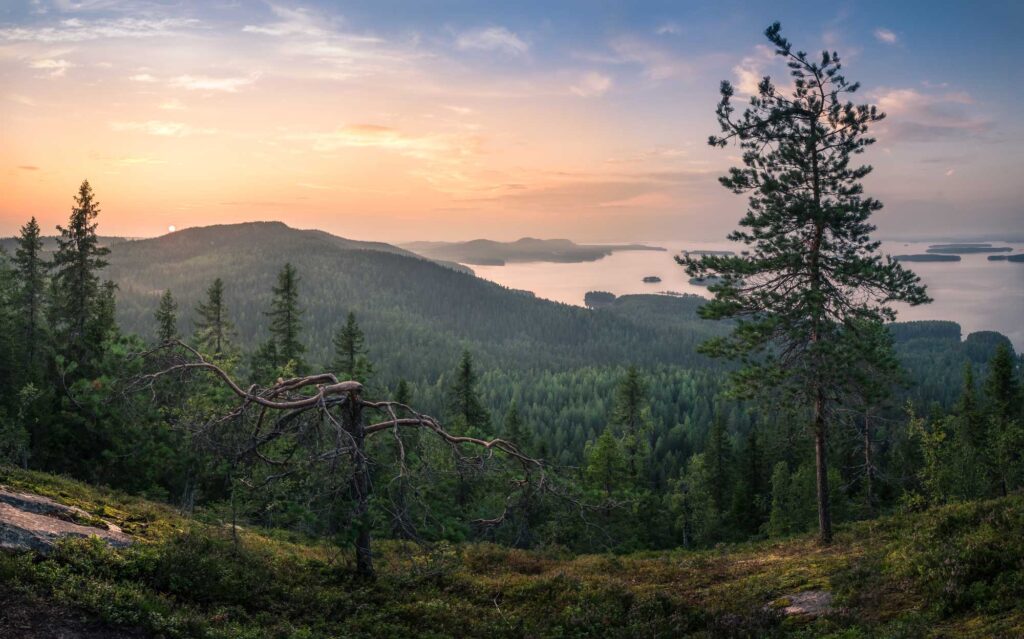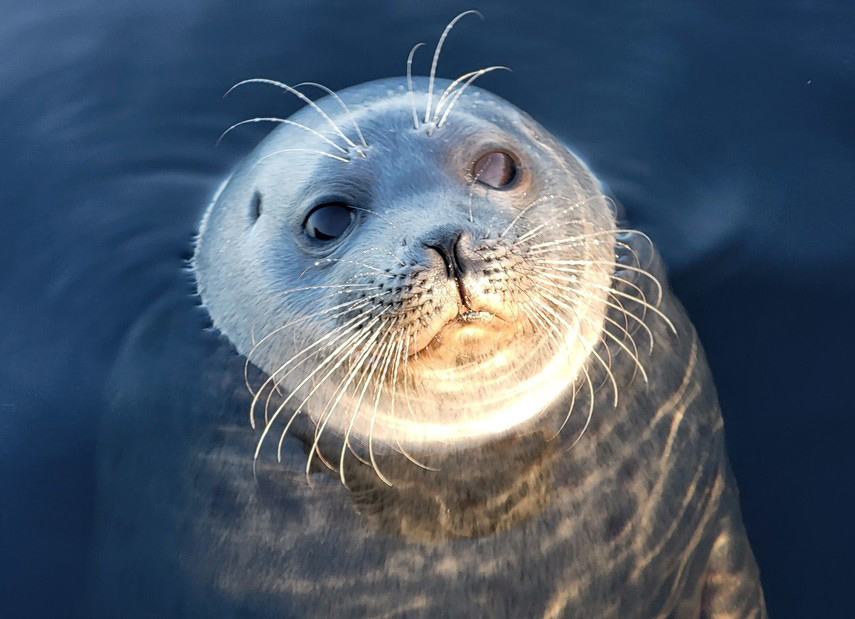
Saimaa ringed seal
The Saimaa ringed seal is endangered, with the population of only some 480 individuals. The Saimaa ringed seal only lives in Lake Saimaa in Finland.
One of the most endangered seals in the world
With only about 480 individuals now in the wild, the Saimaa ringed seal is one of the most endangered seals in the world. Partly due to our campaigning for fishing regulations, springtime deaths of ringed seal pups from entanglement in fishing nets have decreased. We advise and guide people in many ways: visit schools and organize public events and summer happenings in the Lake Saimaa district to provide information about the ringed seal and its conservation.
About the Saimaa ringed seal (Pusa hispida saimensis)
- The Saimaa ringed seal is a subspecies of the ringed seal. It is bigger in size than its closest relatives, the Ladoga ringed seal (Russia) and the Baltic ringed seal, with a length of 130-145 cm (4’3–4’7) and a weight of 50–90 kg (110–198 lbs).
- The Saimaa ringed seal is endangered, with the population of only some 480 individuals (2023).
- The Saimaa ringed seal only lives in Lake Saimaa in Finland. The seals are scattered in various parts of Lake Saimaa in smaller subpopulations.
- Mature seals tend to nest in the same areas from year to year, but the younger ones often wander off to further territories.
- The seal’s colouring is dark grey, brown or black, and its fur has distinguishable and individual ring patterns.
- The grey-furred pups are born around February-May, into sheltered snow caves, weighing at their birth, a modest 4-5 kg (10 lbs). The mother will nurse the pup until May, after which the pup will have to learn how to fish its own food.
- The Saimaa ringed seal has adapted to aquatic life, spending around 60-80% of its lifetime underwater. While the dive can last up to 20 minutes, it more usually lasts for only 3-8 minutes at a time.
- Whisker-sensing is the most important of the ringed seal’s senses, allowing it to navigate and prey in the dim waters of Saimaa.
- The Saimaa ringed seal feeds on small fish such as vendace, smelt, roach and perch. On average, a seal eats 1 000 kg (2.204 lb) of fish in a year.
- Humans, and especially net fishing, are the greatest threat to the Saimaa ringed seal.
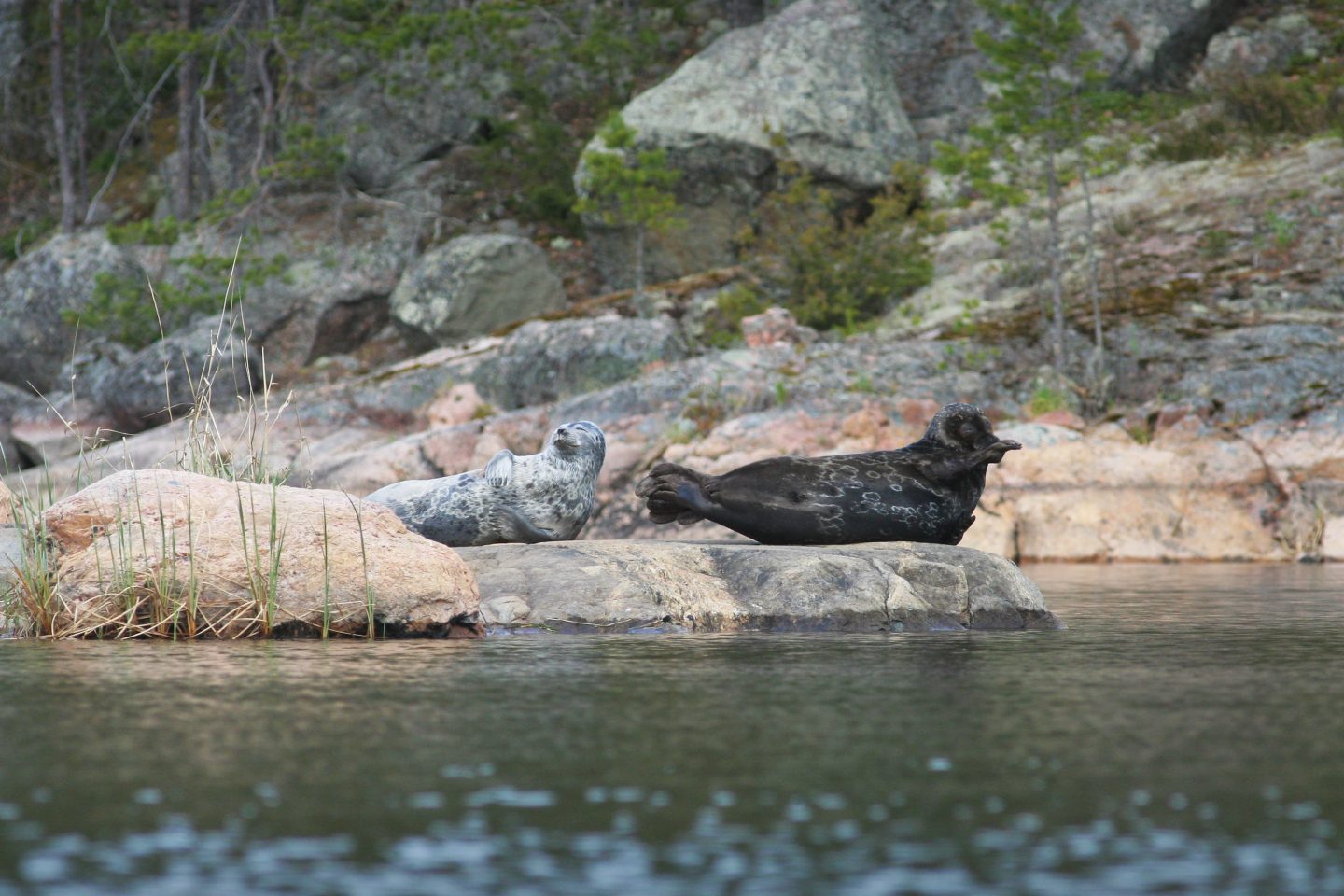
What threatens the Saimaa ringed seal?
Humans pose the greatest threat for the ringed seal, and although the species has been protected for the past half-century, it has more recently been classified as being endangered.
In the past
The struggle of the Saimaa ringed seal is not a new one; at the end of the 19th century, this ringed seal was considered to be harmful to fishing and a bounty was paid for the skull of a ringed seal.
While the bounty-paying ended in 1948, a new threat arose in the 1960’s: net fishing. The formerly used cotton nets, which weren’t of much harm to the species, were replaced with new and lasting nylon nets, killing a big majority of the ringed seal pups.
In the past decades, the size of the Saimaa ringed seal population kept declining, as no less than half of the born individuals died before reaching adulthood. Indeed, it was previously estimated that one out of two pups died by suffocation because of the lethal fishing nets.
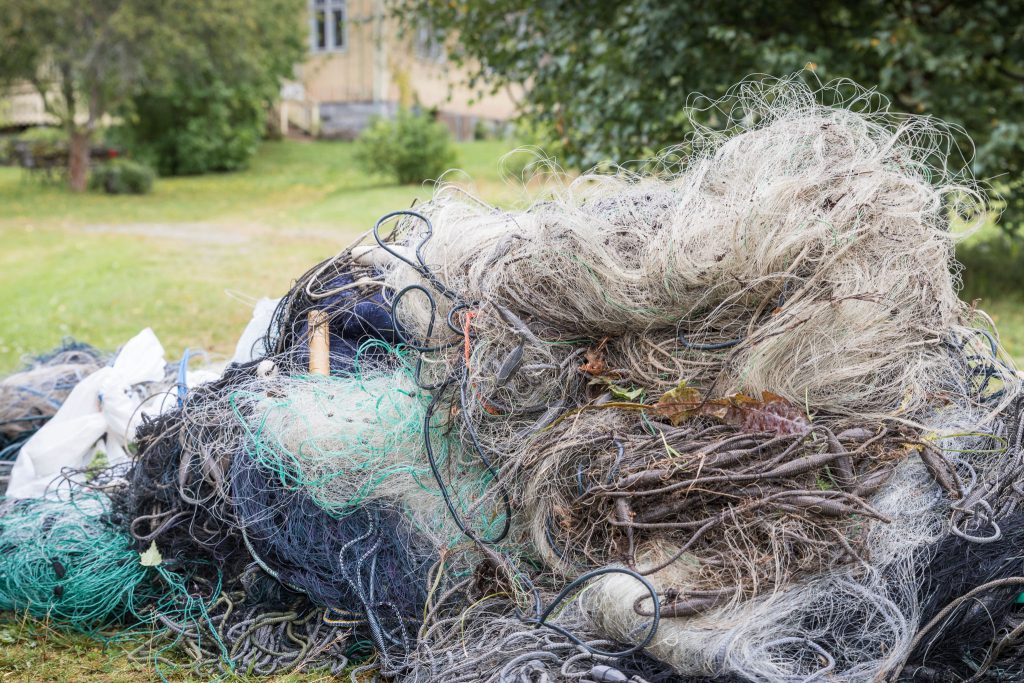
Today
Fishing gear
To this day, fishing nets remain a major threat to the seal pups at the beginning of their independent lives and learning how to fish. In addition, annually, also ringed seals of reproductive age die in fishing nets.
A solution for the prevention of these deaths involving fishing nets would be to replace these dangerous fishing gear with seal-safe fish traps. In the Saimaa ringed seal breeding area, only fish traps with the maximum width of the opening of 15 centimetres are allowed. It is forbidden to use fish traps that have an opening that may be stretched to a width of more than 15 centimetres. Fish traps with a loose opening also represent a danger to the pups.
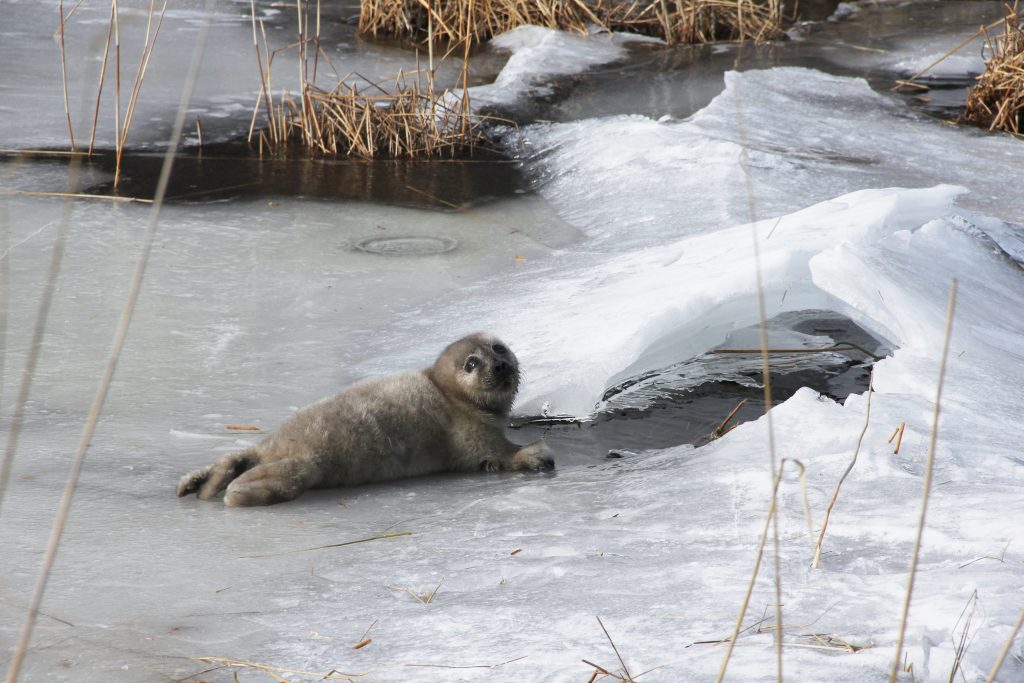
Climate change
Climate change poses a real threat to the seals. Global warming causing milder winters than usual, results in too little snow and ice being available for the Saimaa ringed seal to securely build its nest. The seal pup is best protected against threats, such as the cold and predators, in a nest. Also, the absence of a steady water surface during the nesting period may also cause the collapse of shore-ice and the nest, or flooding of water inside the nest, thus destroying the nests.
Disturbance caused by humans
The Saimaa ringed seal needs peace during its nesting period from December to April, but the species is often disturbed by the increasing amount of all-year-round use of summer cottages, and intense construction within the Saimaa region. On the other hand, humans moving across the ice may produce alien sounds which will sometimes cause the ringed seal mother and pup to instinctively dive underwater in order to escape, disturbing the nursing of the pup and sometimes even causing the pup to freeze to death.
Small and scattered population
The Saimaa ringed seals live in small sub-populations in various parts of Lake Saimaa. The same individuals breed in the same area every year. On some areas, there is only one or a few fertile females. Reduced genetic diversity and inbreeding are significant threats.
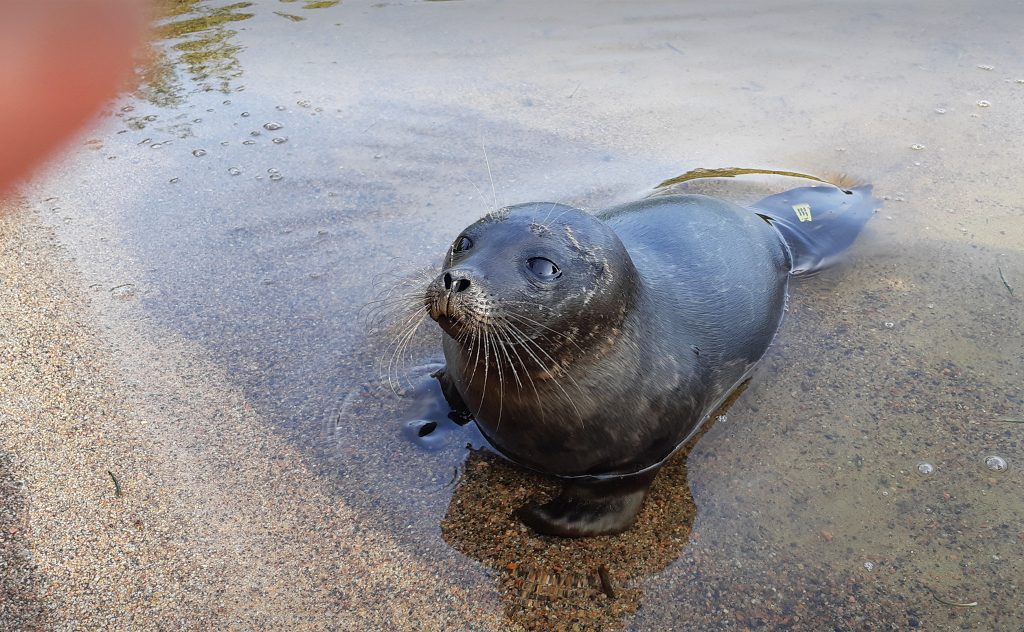
Chance
Unexpected disease outbreaks can pose a threat to the small seal population. On the other hand, the simultaneous occurance of several threats, such as deaths caused by fishing gear and unsuccessful nesting, can have serious consequences on the seal population.
Solutions for the protection of the ringed seal
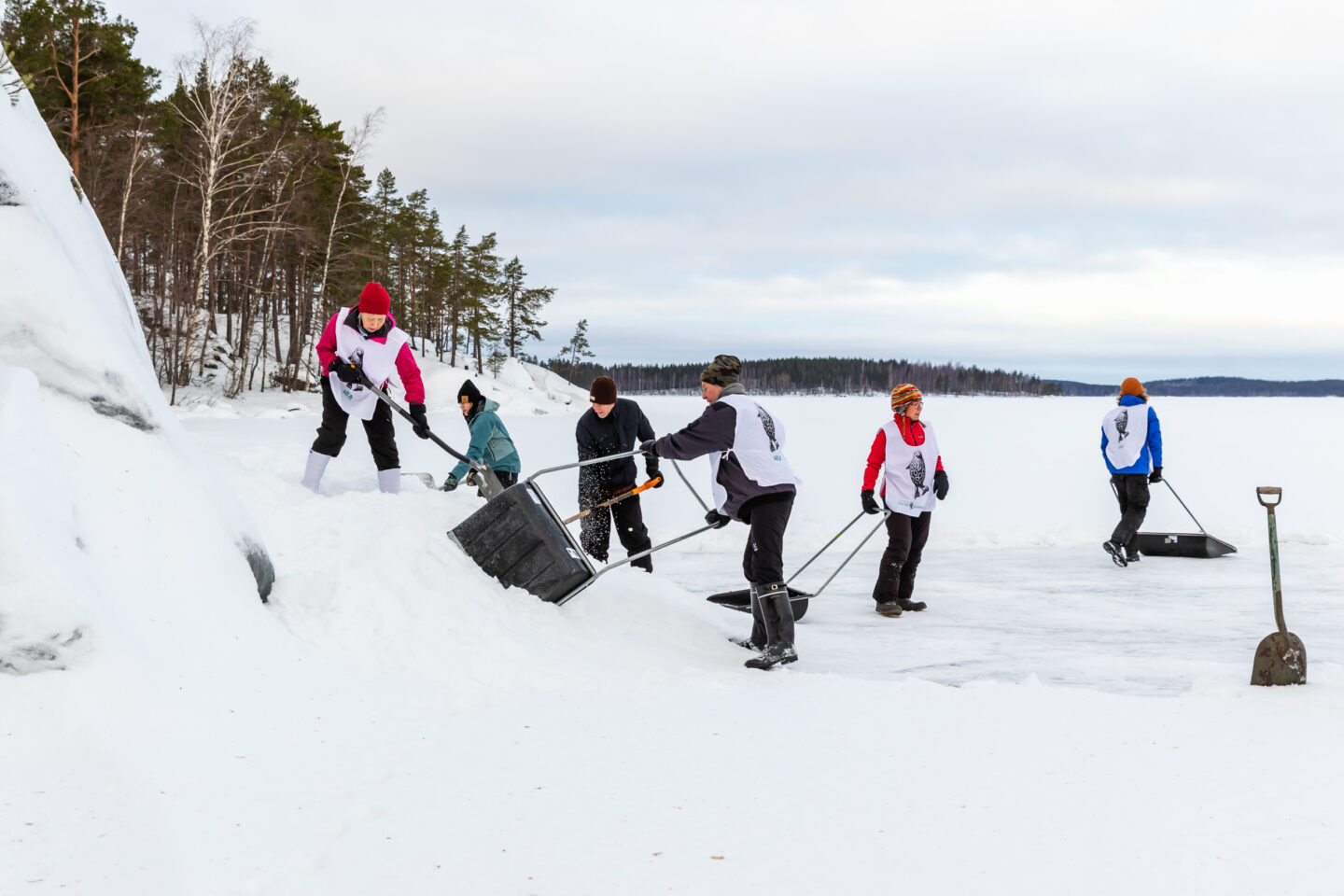
- Fishing restrictions: The rate of fishing bycatch deaths of pups has decreased since the introduction of fishing restrictions. As net fishing is the biggest threat for the Saimaa ringed seal, we provide guidance in fishing activities and, with the donation funds, give out fish traps to the fishers who have voluntarily gotten rid of their fishing nets.
- The stopper: Fish traps can also be dangerous for the ringed seal. A special stopper prevents the funnel of the fish trap from expanding to over 15 centimetres, so that the pup doesn’t die by swimming into the fish trap. We provide stoppers* with the money from donations and instruct people on their use.
- Nesting peace: Tranquillity is essential for the Saimaa ringed seal during its nesting period from December to April, especially during mild winters with little snow.
- Active climate work: As for most species, the ringed seal takes time to adapt and there are growing threats for the species’ population, as winters get milder from year to year. By actively wrestling the issue of climate change, we are progressively securing the future of the seal.
- Man-made snow drifts and artificial nests: In mild winters, when snow is not piling on the rocky shores of Lake Saimaa, we plow man-made snow drifts to help the seals in their nesting. To prepare for winters with no snow or ice at all, scientist are developing and testing various artificial nests to assist the nesting of the seals.
- Less coastal building: The increasing construction processes on Saimaa constrict the ringed seal’s habitats, adding disturbance and movement to their nesting areas. We can help the Saimaa ringed seal by defending and protecting its living environment, for example by influencing the planning.
- Raising the population target growth rate: Currently, the target growth rate of the Saimaa ringed seal population is 3–6% annually. The most recent genetic studies and the threat caused by climate change indicate that the target growth rate has to be raised to minimum 5–6% annually.
- Spreading information: Threats to the Saimaa ringed seal often spring from ignorance or indifference. Touring around schools and kindergartens and teaching children about the Saimaa ringed seal is thus a consistent part of our work. We also organize various events in which we tell people about the Saimaa ringed seal and its protection.
- Research data: A lot of research is still to be done, as knowing the population size, distribution, as well as the impacts of global warming, is a fundamental part in the conservation of the ringed seal. This is why we collaborate closely with scientists and researchers.
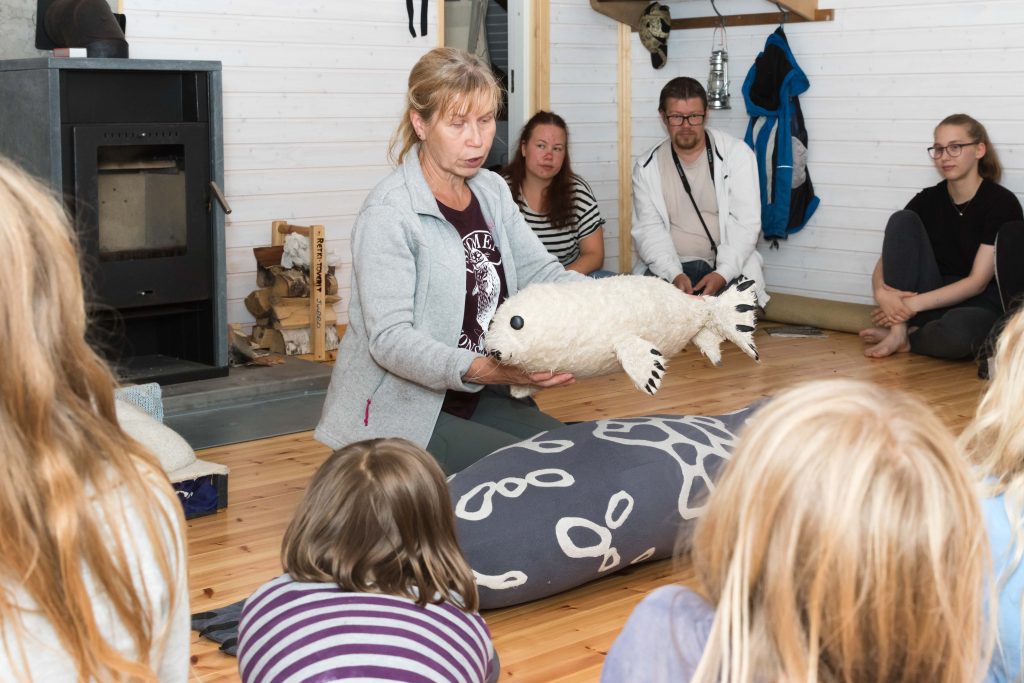
Fish right with a fish trap
*Stopper to the fish trap
The use of a fish trap with a loose opening (funnel width 15 centimetres or more, either by design or when spread out) is a threat to the Saimaa ringed seal pups. Seal pups can follow the fish into the trap and be suffocated to death. Hence, fish traps with loose or wide openings are prohibited on the main Saimaa ringed seal breeding territories. Nevertheless, a record-breaking amount of the fish traps inspected in 2020 by fishing inspectors were in violation of the guidelines.
By adding a special stopper into to the opening, an illegal fish trap can be made legal and safe for the ringed seal. The stopper, as suggested by its name, prevents the opening of the trap from widening too much. The stopper can be bent out of 6 millimeter thick rebar. The regional offices of the FANC South Savo in Savonlinna and FANC South Karelia in Lappeenranta also distribute stoppers free of charge.
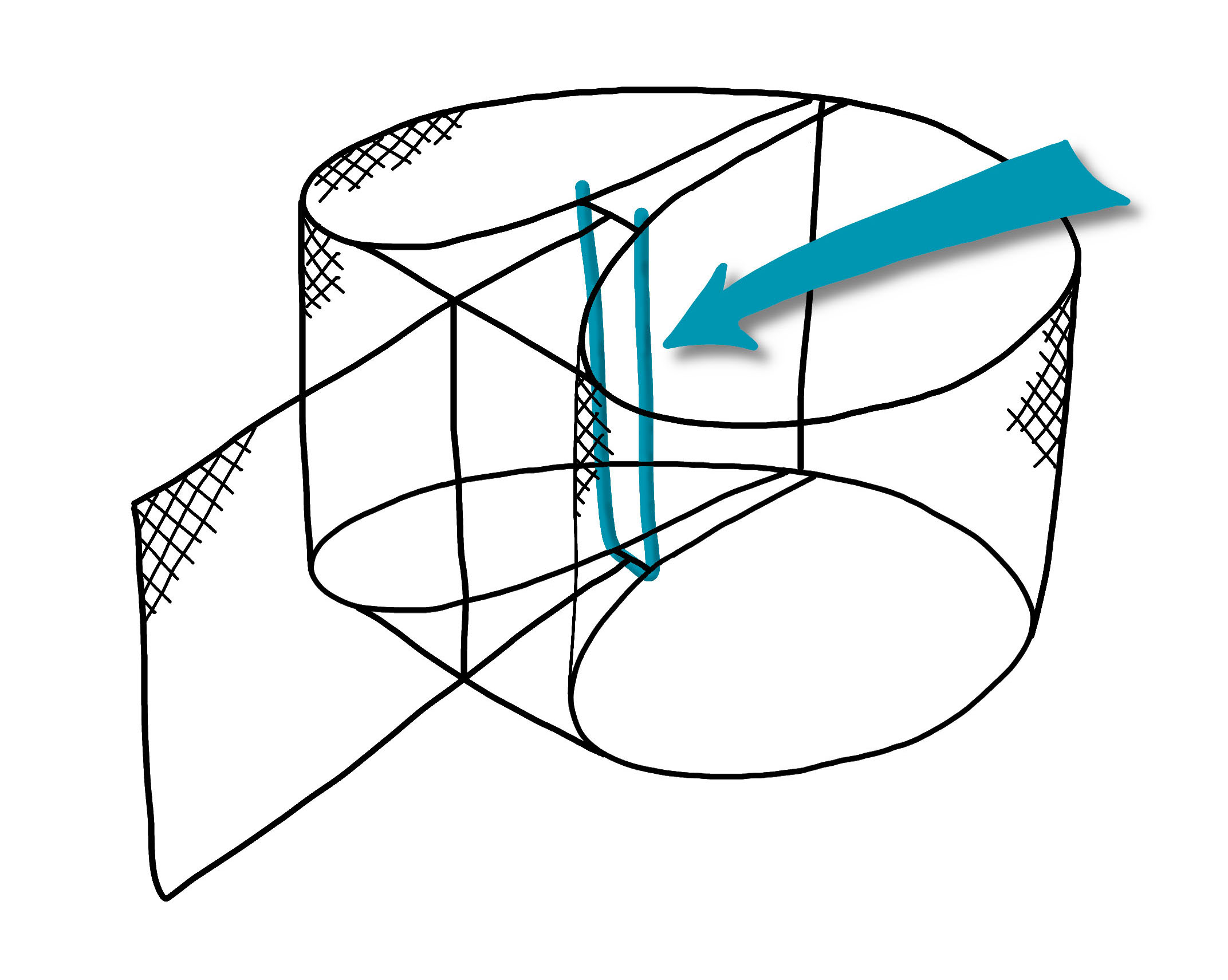
The stopper must be inflexible enough so the seal cannot spread the opening of the trap out more than 15 centimeters. The stopper is firmly attached to the fish trap opening, as seen in the picture, and secured using four cable ties.
Make your own seal-safe fish trap
You can also build a seal-safe fish trap yourself from scratch. For a beginner, it takes around two hours to build the trap. After purchasing the necessary tools, the material costs of one trap are around 30 euros.
Download the instructions for building a seal-safe ”Saimaa” fish trap.
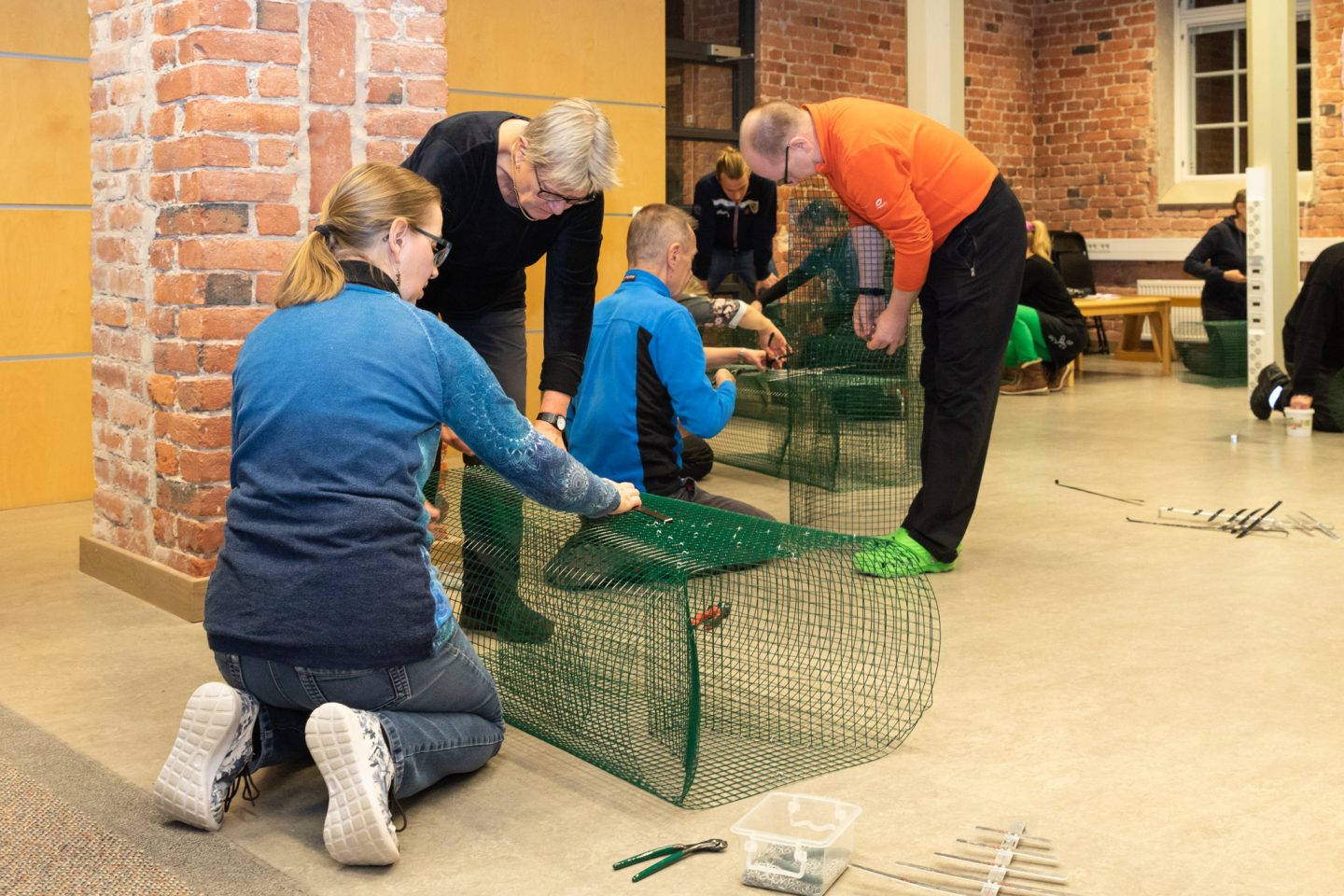
We also organize fish trap workshops, mainly in the South Karelia and South Savo regions, in which we teach the participants how to build a Saimaa fish trap themselves. In addition to the public workshops, we also organize workshops for various groups such as water area owners, school groups, hobby groups and other organizations.
Material about the Saimaa ringed seals
The Endangered Saimaa Ringed Seal (2023)
brochure for youth and adults
The Endangered Saimaa Ringed Seal (2023)
brochure for children
Veeti the Seal Pup’s Year (2023)
story booklet for children
Fish Right with a Fish Trap (2022)
brochure with instructions for making a seal safe “Saimaa” fish trap
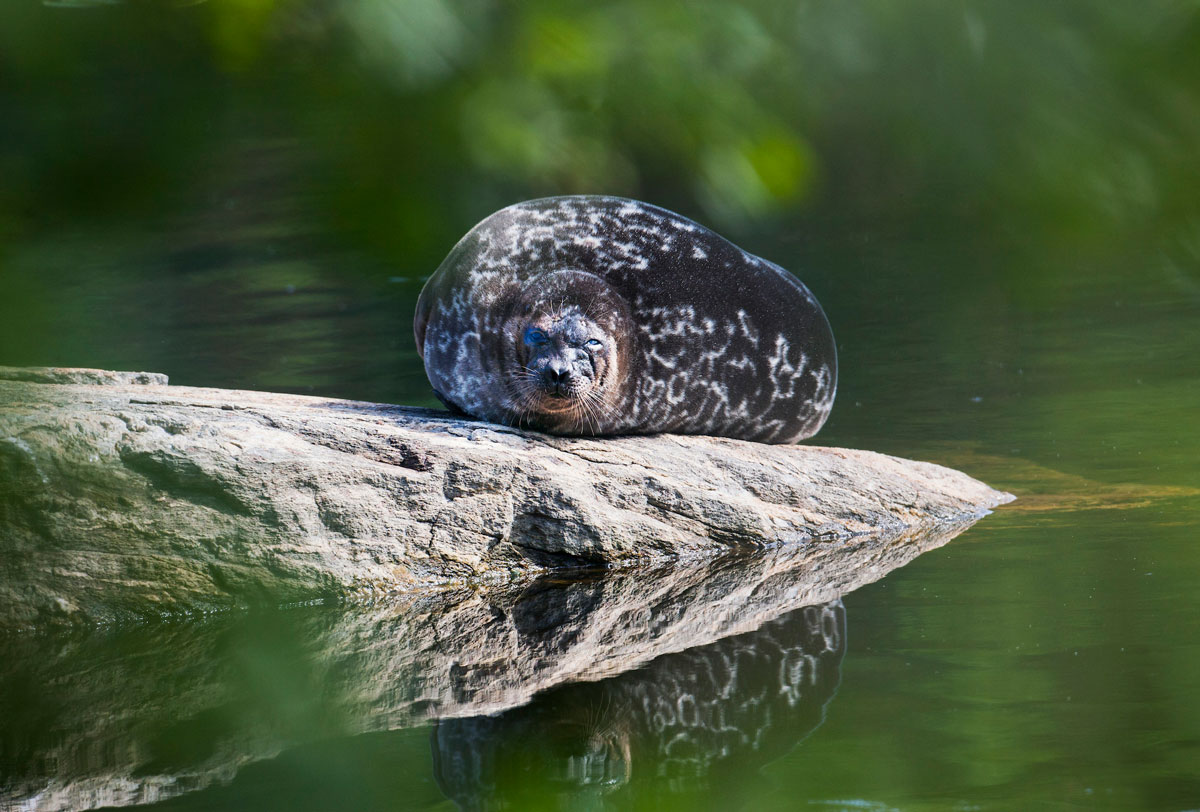
Help save the Saimaa ringed seal
We are actively working to secure the future of the Saimaa ringed seal. Our actions include e.g. campaigning for a ban of fishing nets on Lake Saimaa, plowing man-made snowbanks to help seals in their nesting on mild winters, participating in the legislative work regarding the seals, advising and guiding people, visiting schools and organizing public events to provide information about the ringed seal and its conservation.
You may support our work for the conservation of the Saimaa ringed seal by making a donation to our bank account with the following information:
Recipient: Suomen luonnonsuojeluliitto ry
Account number (IBAN): FI2850000120443071
BIC: OKOYFIHH
Label/message: Saimaa ringed seal
